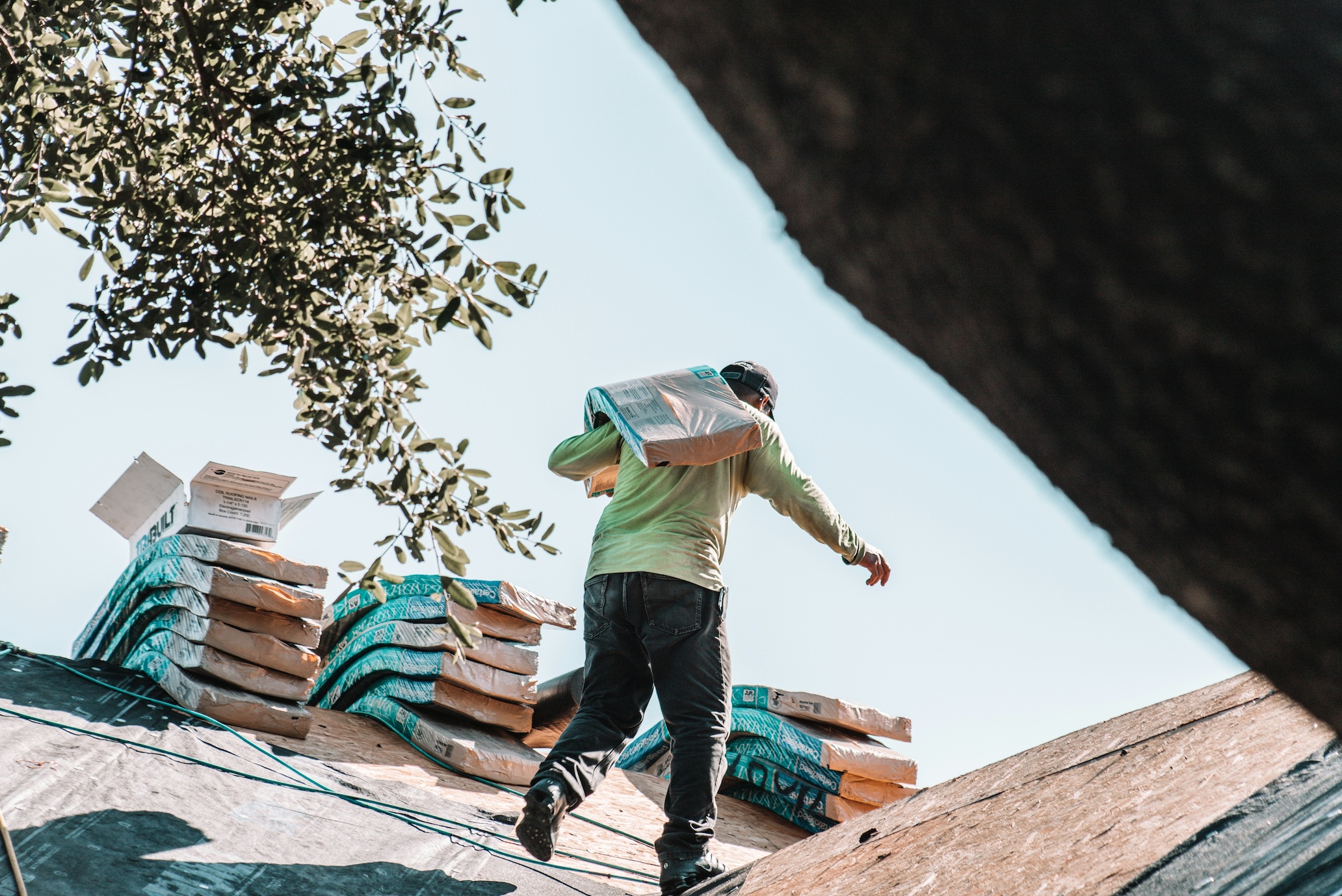Minimizing personal injury risks during roof replacement requires careful planning, attention to detail, and a commitment to prioritizing safety above all else.
Roof replacement can be a challenging and potentially dangerous task, especially when it comes to personal injury risks. As a roofer, it’s important to prioritize safety measures to minimize the chances of accidents on the job. This blog post will discuss four effective ways to reduce personal injury risks during roof replacement projects. By implementing these strategies, you can ensure the safety of yourself and your team while completing the job efficiently.
Conduct Regular Inspections
Regular roof inspections allow you to identify any potential hazards on the roof that could lead to accidents or injuries during a replacement project. This includes things like loose shingles, damaged flashing, or weak spots in the roof structure. By catching these issues early on, you can address them before they become a safety concern. Regular roof inspections also allow you to plan ahead for any potential safety concerns during a roof replacement project. By knowing what hazards exist on the roof, you can develop a detailed safety plan that addresses each one. This can include things like setting up barricades around weak spots or creating designated walkways for workers to move safely around the site.
Use Proper Safety Equipment
Another important way to minimize personal injury risks during roof replacement is by using proper safety equipment. One of the most important pieces of protective gear for roofers is a hard hat. A hard hat can protect your head from falling debris, bumps to low-hanging structures, and other potential dangers on the job site. Make sure your hard hat fits properly and is in good condition before starting any roof replacement project. Falls are one of the leading causes of injury and death in the construction industry, especially when working on roofs. To minimize the risk of falls during roof replacement, it is essential to wear fall protection gear, such as harnesses, lanyards, and anchors. These tools can help prevent serious injuries by keeping you securely attached to the roof at all times.
Implement Proper Training and Clear Communication
Roof replacement is a dangerous job that comes with its fair share of risks. From working at heights to handling heavy materials, there are many opportunities for accidents to occur. By undergoing proper training, roofers can learn how to identify potential hazards and take the necessary precautions to prevent accidents from happening. Communication is also key when it comes to minimizing personal injury risks during roof replacement projects. Make sure that everyone on your team is aware of their roles and responsibilities, as well as any potential hazards or changes in the work environment. Encourage open communication between team members so that everyone feels comfortable speaking up if they notice something unsafe or have concerns about their own safety.
Consult With a Personal Injury Claim Lawyer

In the unfortunate event that an accident does occur during a roof replacement project, it’s essential to consult with a personal injury claim lawyer who specializes in workplace accidents. A legal professional can help you navigate the complexities of filing a claim and ensure that you receive fair compensation for any injuries sustained on the job.
Minimizing personal injury risks during roof replacement requires careful planning, attention to detail, and a commitment to prioritizing safety above all else. By following these four tips – conducting regular inspections, using proper safety equipment, implementing proper training and clear communication among team members, and consulting with a personal injury claim lawyer if needed – you can create a safer work environment for yourself and your team members while completing roofing projects successfully. Remember that taking proactive steps to prevent accidents is always worth the effort in order to protect both your physical well-being and your livelihood as a roofer.


Join the conversation!